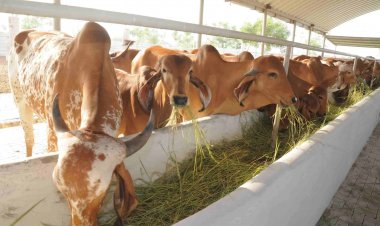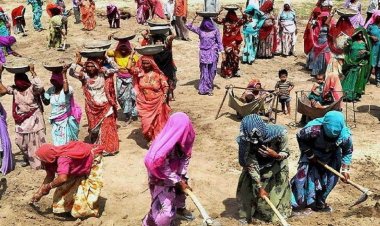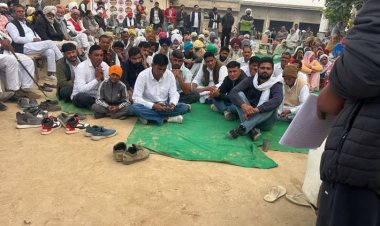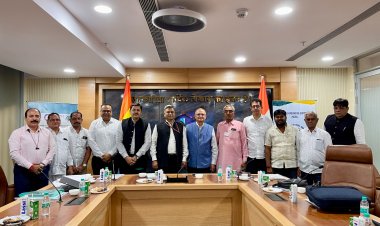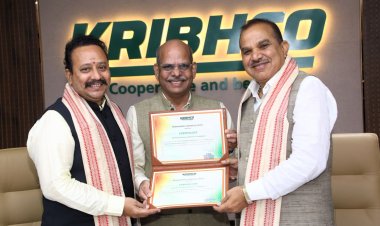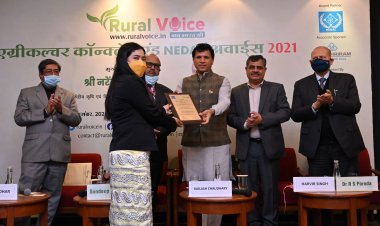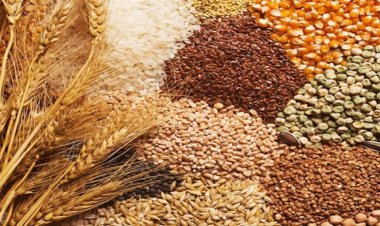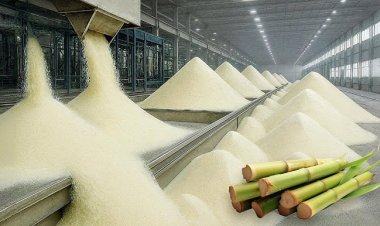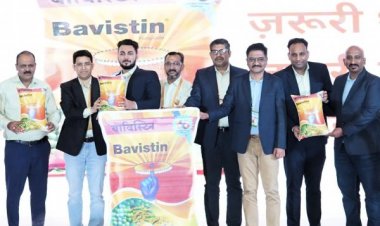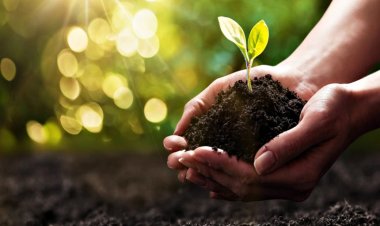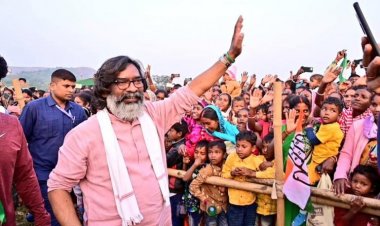Hans Heritage Jaggery, a jaggery factory located in Oon in Shamli district of Uttar Pradesh, has succeeded in increasing the recovery of jaggery by 3 percent through the use of technology. This has been possible by reducing the moisture of sugarcane bagasse (bagasse) i.e. by recovering more amount of sugar and non-sugar from sugarcane. With this, a new benchmark of 42 percent bagasse moisture has been established, which has been achieved for the first time in the country. Till now the benchmark of bagasse moisture in sugar and jaggery industry was 47 percent which was set by Balrampur Sugar Mill.
KP Singh, founder of Hans Heritage Jaggery, told Rural Voice that by using modern technology, he has succeeded in increasing the recovery of jaggery by 3 percent. Generally, the recovery of crusher-crusher is 12 percent and bagasse moisture is up to 60 percent. Recovery in sugar mill is up to 10 percent and bagasse moisture is up to 50 percent. But the recovery of my plant has increased to more than 15 percent and the bagasse moisture has come down to 42 percent. Not only jaggery, it is also less than the sugar industry.
He said that the bagasse that remains after crushing sugarcane to make sugar or jaggery usually contains up to 50 per cent moisture, that is, only 50 per cent of sugar (sucrose) and non-sugar can be extracted from the sugarcane. Till now its benchmark in the sugar industry was 47 percent, which was created by me when I was the technology head at Balrampur Sugar Mill. Now, breaking my own benchmark, I have created a new benchmark of 42 percent, he asserted. This benchmark has been achieved for the first time in the sugar and jaggery industry. Due to this, the recovery of jaggery has also increased by 3 percent. My target is to bring it to 38 percent.
Explaining this in detail, he said that when juice is extracted from sugarcane to make sugar or jaggery, the bagasse that remains contains 50 percent fiber and 50 percent water and sugar. When asked how he achieved this success, he said that my jaggery plant is completely automatic and modern. Modern technology has been used in this plant instead of furnace, due to which it is completely pollution free. Apart from this, all other technologies are quite modern.
A lot of attention has also been paid to synchronization of machines. Since I have worked on technology in the sugar industry for a long time, I keep doing new experiments in my plant. Due to all these reasons I have got this success, he claimed.
He said that through technology and modernization of the plant, the amount of medicine and minerals in recovery is more than that of sugarcane, which is beneficial for jaggery. This jaggery is more healthy. He said that he has already been in making chemical-free jaggery.
"My aim has been to extract more medicines and minerals from sugarcane instead of extracting more sugar. Now I have got success in this and am moving forward in this direction. Due to increase in recovery, farmers are also getting convenience in making payment for sugarcane.
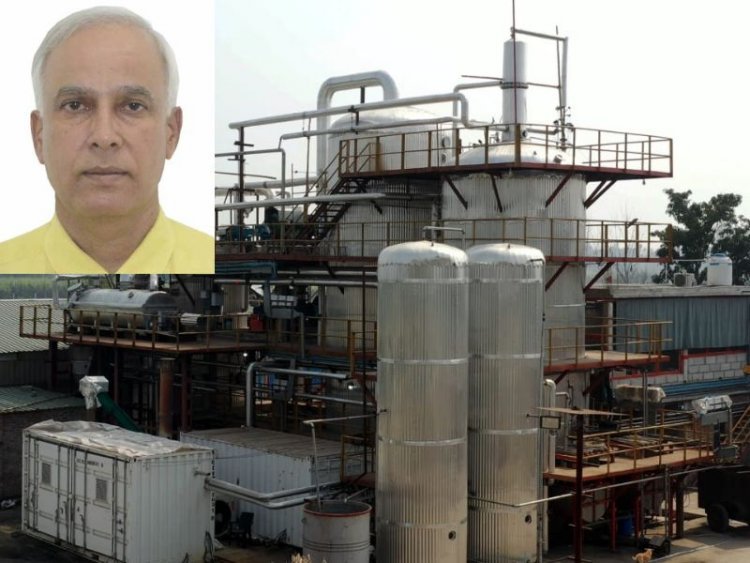



 Join the RuralVoice whatsapp group
Join the RuralVoice whatsapp group

















